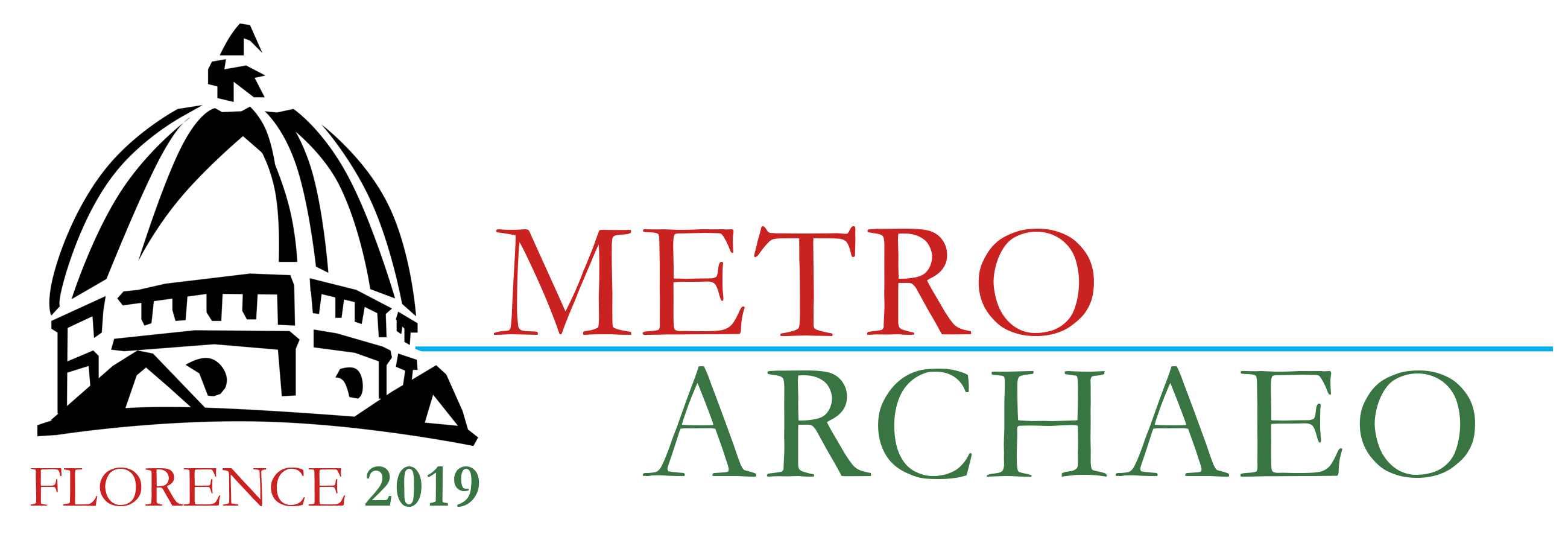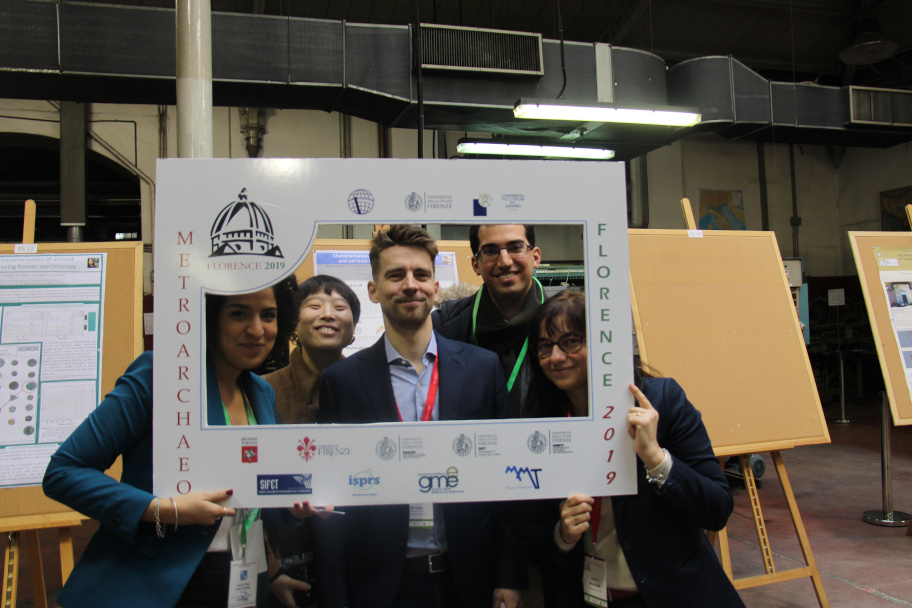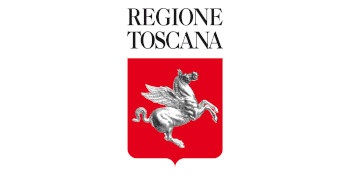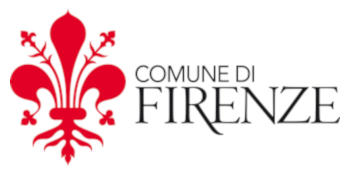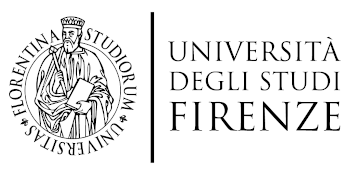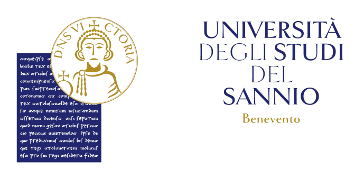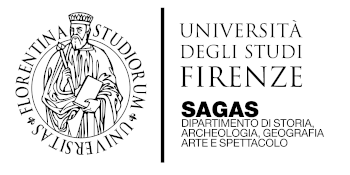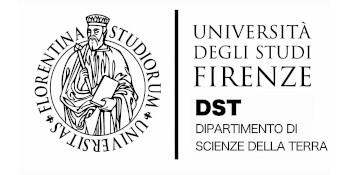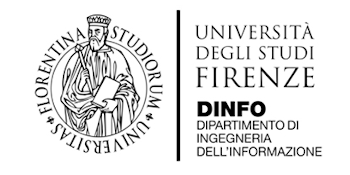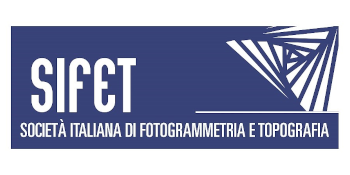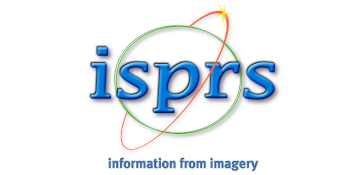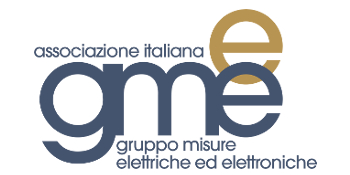Archaeo-physics in the Valley of the Kings, Luxor
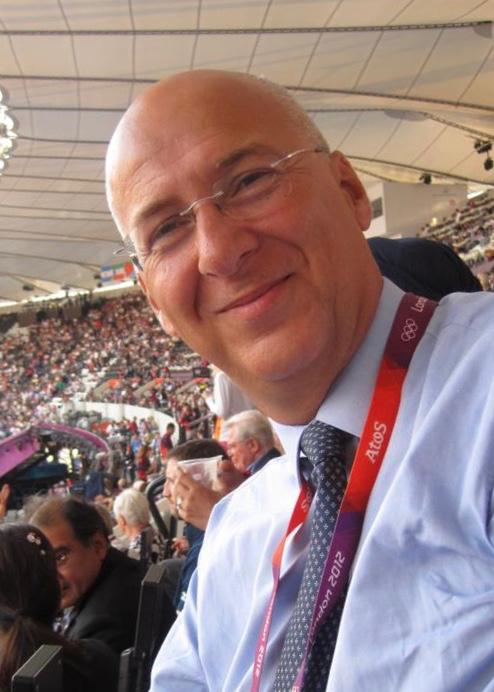
Francesco Porcelli
Dept. of Applied Science and Technology, Polytechnic of Turin
ABSTRACT
The existence of hidden chambers and corridors adjacent to Tutankhamun’s tomb (code name KV62) has been long debated. In 2015 it was suggested that these chambers might host the as yet undiscovered burial of Nefertiti. In order to test this hypothesis, two Ground Penetrating Radar (GPR) surveys, conducted in 2015 and 2016 from inside KV62, were carried out, but gave contradictory results. To solve these uncertainties and obtain a more confident and conclusive response, a team led by the Politecnico di Torino in February 2018 conducted a third GPR survey. The results of this third radar scan, published in Ref. [1], are discussed in this talk. I will discuss also the first results obtained in the framework of a more extensive project, entitled “The complete geophysical survey of the Valley of the Kings”, initiated in 2017 and still ongoing. This project indicates how Geophysics and Geomatics can support archaeological research within the context of a broad multidisciplinary approach.
SPEAKER BIO
Francesco Porcelli (PhD Physics, Scuola Normale Sup. di Pisa, 1985) is a full professor of Physics of Matter at the Polytechnic University of Turin. His recent research interest, developed during an eight-year long period spent in Egypt as Scientific Attaché at the Embassy of Italy, concerns the application of physics and technology to cultural heritage. In 2014-2016 he coordinated a team that established the meteoritic origin of Tutankhamen’s iron dagger blade. Since 2017 he leads a project entitled “The Complete Geophysical Survey of the Valley of the Kings”. Within this project, he conducted the third Ground-Penetrating-Radar (GPR) scan of Tutankhamen’s tomb, searching for hidden chambers and testing the hypothesis that this tomb could be part of a larger burial place perhaps belonging to the legendary Nefertiti.
